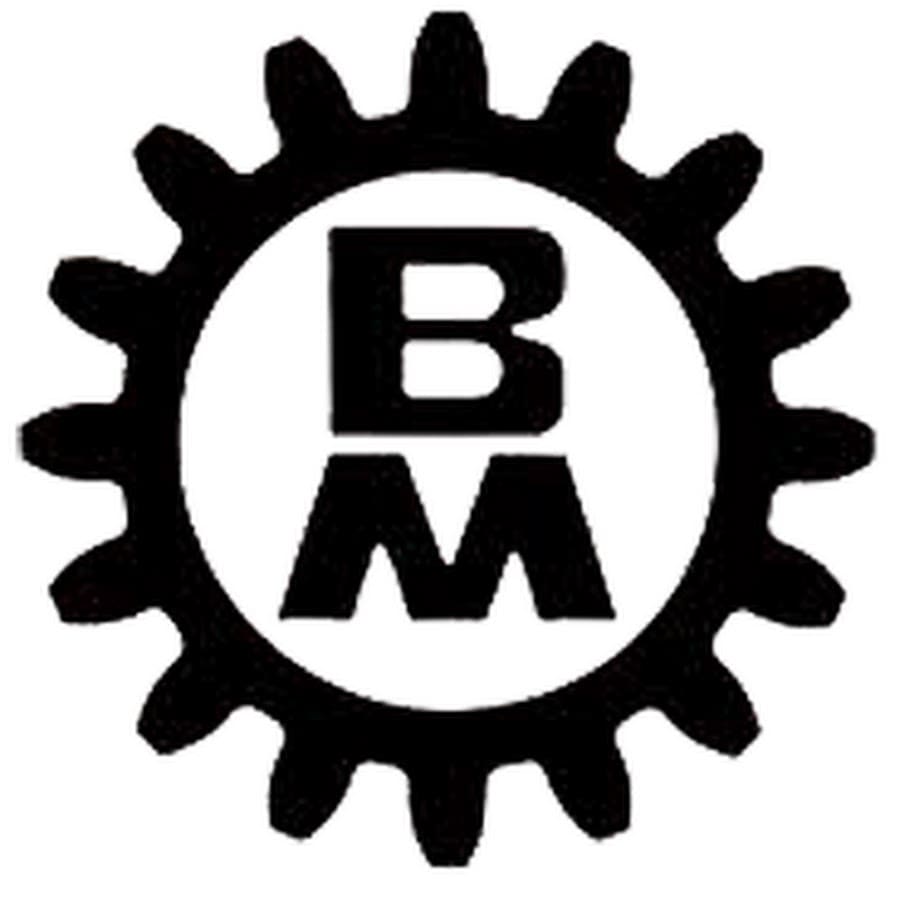
BOLINDER-MUNKTELL Tractor Manuals PDF

History of Bolinder-Munktell Tractors
There’re some BM BOLINDER-MUNKTELL Tractor Manuals PDF above the page.
In 1932, two Swedish companies merged: the engineering company Bolinder, which specialized in the production of heat engines, and Munktell, which had been producing agricultural machinery with engines of its own production since 1852.
Soon after this, the new company began producing tractors equipped with oil engines with a calorizer.
In 1934, the BM 25 tractor appeared with a two-cylinder Bolinder engine and a gearbox with four gears.
This 5. 3-liter water-cooled engine produced 28 hp at a rotation speed of only 900 rpm.
The BM 25 model was produced in two modifications: with metal or pneumatic wheels.
Both were equipped with a power take-off shaft and a drive pulley. In addition, a distinctive feature of this tractor was the use of a compressed air engine starting system.
Four years later, the company introduced the BM 2 model to the public with a more powerful chassis, and then the BM 3 model, which was produced throughout the Second World War.
BM after WW2
The BM 3 tractor still equipped with a two-cylinder engine and externally resembled previous models, while developing power up to 40 hp.
In 1946, a new line of models released, including the BM 20 and BM 21 tractors, which distinguished by a modern radiator grille with chevrons.
The tractors still had 5. 3-liter engines, but their power increased to 45 hp., and the gearbox became five-speed.
In 1953, an improved model, BM 21, with adjustable nozzles released.
In addition, since 1947, Bolinder-Munktell has produced a less powerful machine, the BM 10, equipped with a two-cylinder engine with a 20 hp calorizer.
Instead of a compressed air engine starting system, this tractor equipped with an electric starter.
In 1956, the BM 230 tractor, equipped with a two-cylinder engine with a vertical cylinder arrangement, released in the line of medium-power models.
The basic equipment of this model included a power take-off shaft, a drive pulley, independent brakes and a differential lock.
The hydraulic suspension system installed to order.
In the 1950s, the company decided to abandon its legacy combustion engines in favor of in-line direct injection diesel engines.
For the first time, new diesel engines installed on the BM 35 and BM 36 tractors, produced in 1953.
Both models equipped with three-cylinder engines producing 38 hp., and the BM 36 tractor had pneumatic tires and front wheels with adjustable track.
The three-point hydraulic system on these models installed only to order, and ease of control of the tractor with aggregated machines achieved using onboard clutches.
A year later, the BM 55 model released, equipped with a four-cylinder diesel engine with a power of 51 hp. and differential lock.
A drive pulley, power take-off shaft and hydraulic center post added at an additional cost.
Meanwhile, Volvo, Bolinder‘s compatriot, produced the T 24 and T 25 medium-power tractors with engines running on gasoline or kerosene.
They were similar to the engines of the BM 35 and BM 36 models, but the latter ran on diesel fuel. Bolinder-Munktell became the official distributor of Volvo tractors, indicating the close cooperation between the companies.
Subsequently, the majority shareholder Bolinder-Munktell sold his share to Volvo and the company became a subsidiary, maintaining some independence, and the BM-Volvo division became responsible for the production of tractors.
In the early 1960s, Volvo and Bolinder-Munktell updated their range of equipment.
The new tractors were red and had a more modern look.
The updated Volvo-BM 320 remained a small gasoline-powered tractor with an engine power of just over 30 hp., but it still enjoyed wide popularity, as it well adapted to work in most farms in Europe at that time.
Changes made in the 1960s included the provision of a dependent or independent power take-off shaft; upon request, it was possible to install the latest hydraulic mounted Terra-Trol system, which allows you to control the depth of the plow furrow.

